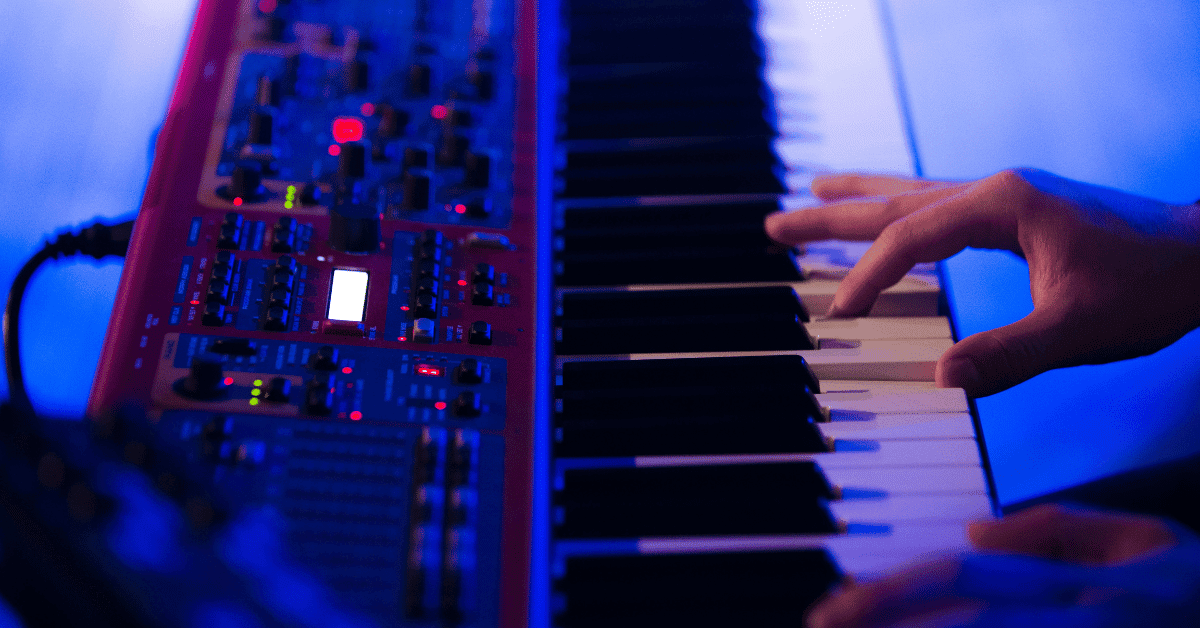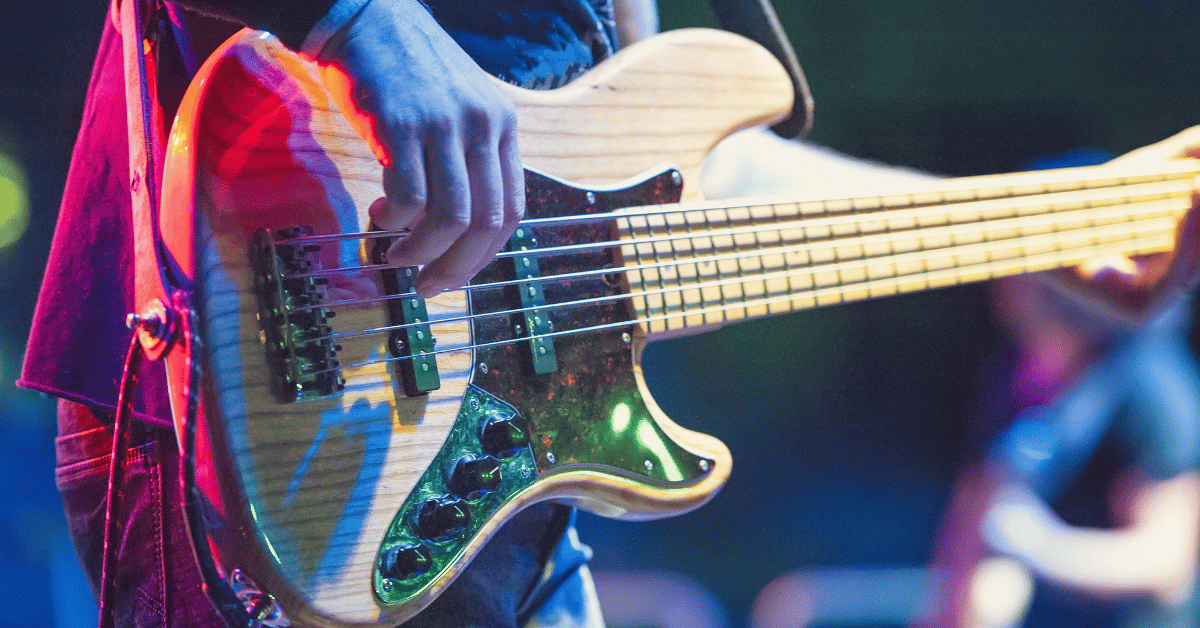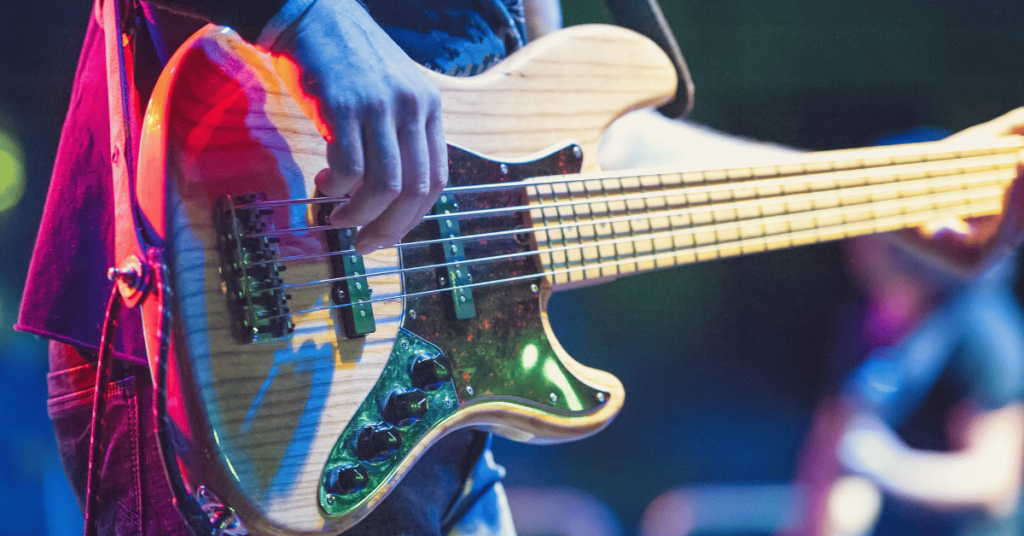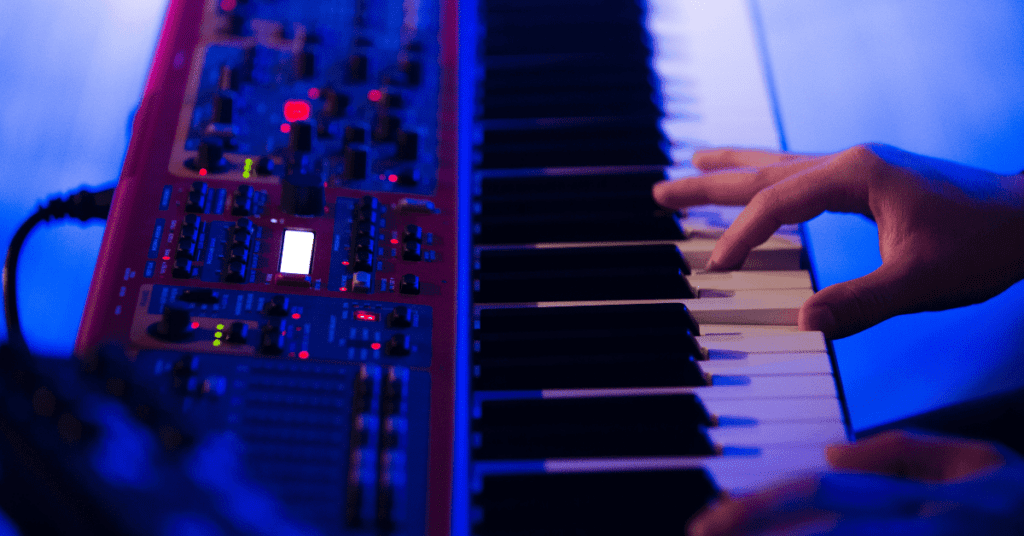I loathe becoming a snobby curmudgeon who harkens back to the “good ole days” of church music. But it’s not a stretch to suggest that the “piano” is less of a fundamental church instrument than it was twenty years ago and has nearly been replaced by pads and synths as the backbone of much contemporary worship music.
My educated guess is that most reading this will fall into one of two categories.
There are “the pianists” who grew up playing piano (not keyboards) and over the years have tried to learn to integrate the technology of virtual instruments, programs, and samples into their playing. And then there are those (likely younger) whose first competency was music technology and have since had to learn the fundamentals of playing the piano. I unashamedly fall into the first category!
The struggle for the first group is learning how to adapt from playing an 8 foot Baldwin to a Nord or MIDI controller. The struggle for the second group is learning how to grow as a keys player without starting at square one with classical piano lessons.
This blog will be an attempt to share helpful tips to grow as a keys player in a worship band in 2022. I’ll focus more on the skills of playing the keyboard rather than the gear, which admittedly requires plenty of skill itself. These are practical things that I learned for myself or found helpful in training other keys players.
#1: Play an Actual Piano As Much As Possible
This might sound silly, but there are physical and mental differences between playing a piano versus playing a keyboard.
Playing a piano will teach you the nuance of touch in a way that even the best keyboards cannot.
One of the things I’ve observed most frequently is that most people who primarily play keyboards lack touch. Another way of saying it is that they don’t play with appropriate dynamics. The majority of people play too hard all the time (particularly with the left hand!). While others play too quietly. Great pianists play with appropriate dynamics.
Playing a real piano forces your hands and ears to pay attention to dynamics in a way that is directly influenced by your playing.
Keyboards introduce so many variables – latency, gain / volume knobs, crummy action, cheap keys, etc. All pianos aren’t created equal, but they all remove the variables that hide a lack of good touch.
#2: Play (other genres) to Break Patterns
This is an obvious one that most people don’t do! If you took classical piano lessons as a kid, pull out Moonlight Sonata. If you like gospel music (southern or Black Gospel) play along to Total Praise or There’s Something About That Name. Most contemporary worship music only has the dominant major and minor chords within the key.
There’s nothing wrong with that, but it’s easy to get into a musical rut playing “G – Am – F – C” where your mind is only engaged in repeating the pattern.
Songs that contain secondary dominant chords (“D major” in the key of “C”) or dominant sevens introduce something that might inspire creativity and cause a little bit of thinking. Your mind will be forced to pay attention and suddenly your practicing is more productive! Don’t be afraid of branching out! I’m certain that there are songs for every level of player in every style of playing. What do you enjoy? If the only answer is “contemporary worship music” you’ll be surprised at the vastness of really good music.
As this is a blog for keyboardists let me recommend a few to engage that might prod you on your journey: Bruce Hornsby (80’s-90’s pop), Chad Lawson (contemporary instrumental & jazz), Alexis Ffrench (contemporary instrumental), Bill Evans (jazz solo & jazz trio), Kirk Franklin (gospel, duh!), Anthony Burger / Stan Whitmire / Buell / Gordon Mote (solo gospel piano). And if you typically like to stick to Christian music go listen to older Israel Houghton & New Breed albums or even Maverick City. Put them on play along!
#3: Practice to Break Patterns
This is a little bit cheating, but I like to distinguish practicing from playing. My distinction is that…
Playing, as I’m using it, is aimed at enjoyment while practicing is aimed at growth.
Of course, those are not mutually exclusive. But if you really want to get better you will have to intentionally practice… at least a little bit. Do measurable repeatable skills that you can judge whether you’re actually accomplishing or not. Most of you are not going to be able to take regular lessons or commit to learning Bach’s Inventions. But what you can do is take the songs in your church’s worship repertoire and with a few alterations step into meaningful “practice.” Three suggestions:
1) Play songs in keys you don’t typically play them in (without using the modulate button!).
All the songs your band plays in “D,” play at home in “Eb,” and that “medley in G” is now for you the “medley in Gb or Ab” (take your pick!). Your fingers get used to patterns, which is great! It’s how you learn to play without staring down at the keys. But the downside is that your fingers get used to patterns… which means that patterns you don’t ever use will feel foreign. You might be asking, “Why play in Eb if our team never plays in Eb?” Answer: to train your fingers to break out of the ruts they fall into when you’re playing in “D” and you don’t realize you’ve fallen into.
2) Take notice of the inversions you use most.
If you always play “G” like this: Left hand octaves on “G” and right hand “G-B-D-G,” force yourself to play a song in “G” without using that inversion. Many novice players jump all over the keys and have no flow to their playing because they play the same voicing for chords and have a difficult time moving from one to another without picking their hands completely up off of the keys to move them to the next chord voicing. Pay attention to voicings!
3) Play with a metronome!
For the love of pianists and keyboard warriors everywhere learn how to play without rushing! You’re giving us a bad rap! Just kidding… mostly. But seriously, if you wanted to knock out all three suggestions with efficiency practice Build My Life in “Ab” (instead of “G”) at 67bpm (slower), and force yourself to play no roots in your left hand and no chords in root position with your right hand. These suggestions aren’t magic. Old habits die hard. But at least you’ll become aware of the habits that need to die and discover ones that need to be built.
FREE Video Series On Creating Worship Keyboard Sounds From Scratch
Click here to check out the FREE video series on building keyboard sounds from scratch!
Check out these similar posts!
- 7 Laughably Simple Ways To Master Your Instrument, In Less Than 30 Minutes A Day
- Over 150 Ways to Improve as a Worship Musician, Worship Vocalist, & Worship Pastor!
- How to Save Money when Buying Used Music Gear
- 5 Things Volunteers Do that Annoy their Worship Pastors More than Anything
- The Ultimate Guide to Instrument Cables
- The Most Surprising Guitar Secret for Sounding Massive






